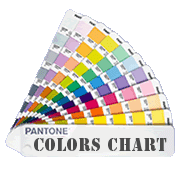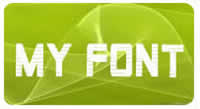Those with rich thick woolen surface with lint, or plush can be used on bed to keep us warm, or as bedspreads, tapestries and other decorations. There are three types, namely, whole woolen blankets, blended blankets, with mixture of wool and chemical fiber, and synthetic blankets, chemical fiber only. The first type use semi botany wool, using 2-5 metric count thick yarns for cross weaving, or fine yarns of wool, cotton, chemical fiber as longitudes, and thicker yarns for latitudes in weaving. Diagonal plus broken twill two fold latitude weaving, satin latitude two fold weaving, tandem junction double layered diagonal weaving. The product should undergo the processes of milling and fluffing on both sides. The average weight of a blanket is between 2-3 kilos. As in blended weaving of blankets, 30??50% of viscose fiber will be used and sometimes also blended with recycled wool to reduce cost of production.
In chemical fiber blankets, acrylic fiber is the most common type used, with bright color and soft texture and it is lighter in weight. There are two ways of making blankets, one by machine weaving, and the other by hand knitting. For the former, there are the conventional type of weaving machine, and the napping type, more sophisticated. For the latter, knitting, there are warp knitting, the tufted blanket, embroidering, stitch knitting. The napping type and the stitch knitting type of blankets get their suede by cutting, they have smooth surface with upright fluff, soft texture and elastic, thus have higher quality and marketing value. Besides fluffing the final processing includes steaming, combing, clutching, ironing, trimming or grinding.
Blankets also have different outlook, some with rich curly suede surface, while others with stand firm floss with the touch of velvet on raised pile, still many other styles and irregular rippled splay mark. There are also countless patterns to go with various colors, with geometrical patterns, flowering plants, landscapes, or animals. The edges of blankets are usually fringed to make it more resistant to wear and appealing to the eyes.























